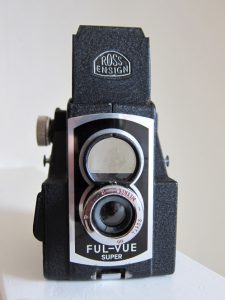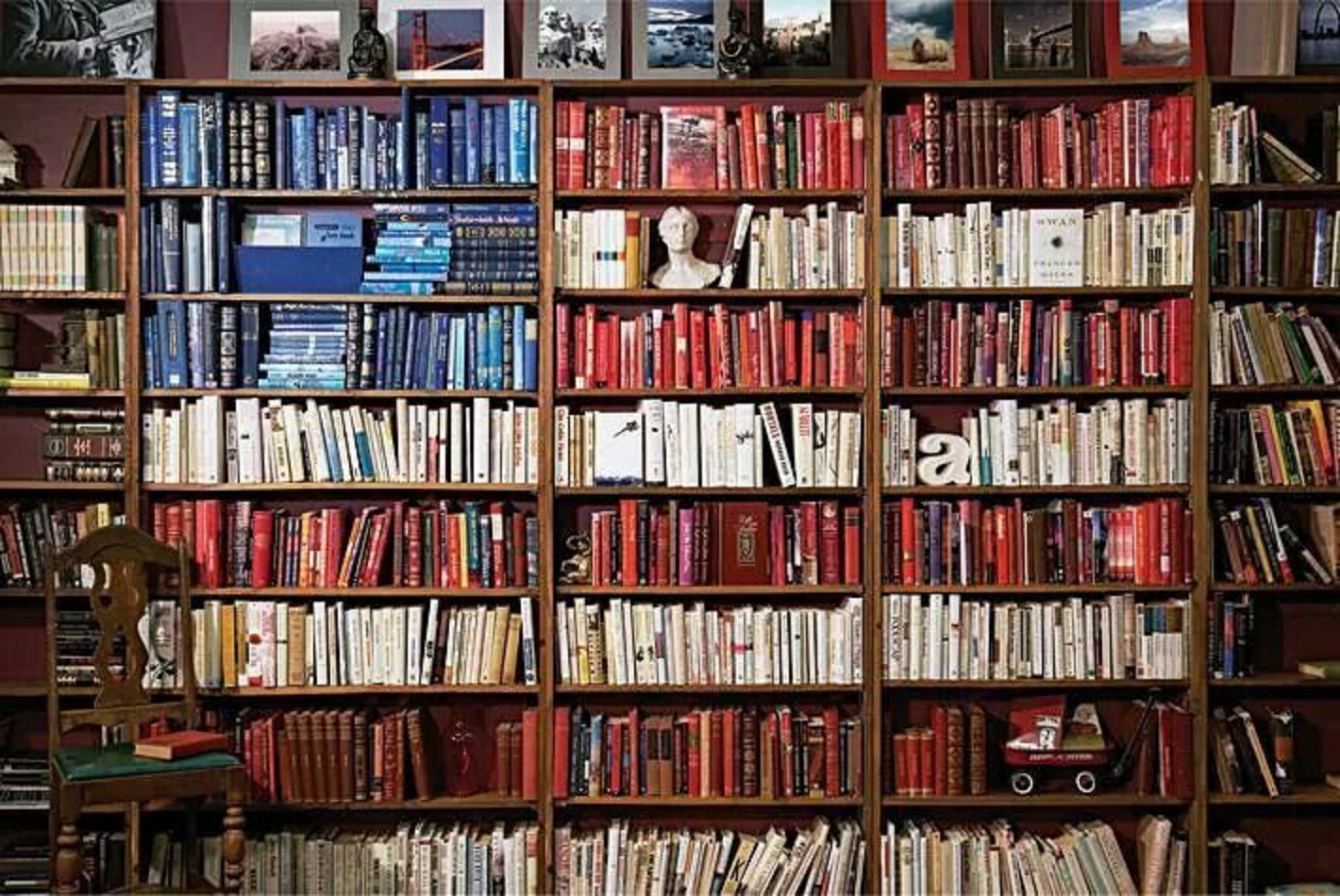This week’s featured post was an easy one to select. Whenever one of my favorite cameras gets reviewed by one of my favorite bloggers, you’ll have my complete attention. So when I saw that my friend Theo from photothinking.com dropped his review of the Topcon RE Super, I immediately started working on this Recommended Reading post.
As is the case with his other reviews, Theo’s look at this excellent camera is incredibly detailed. He doesn’t just give his thoughts on the camera and it’s use, there’s also some history, and short write ups with sample images of five different Topcor RE lenses, from the wide angle 3.5cm f/2.8 to the telephoto 13.5cm f/3.5. When I did my review of the RE Super, I only had one lens!
Theo is a fantastic photographer and spends a lot more time with his cameras before writing his reviews, and you can clearly see the effort he put not only into the writing of the review, but the sample images he shared. This is a terrific review that does justice to an even more terrific-er camera! Check it out!
Here are more great posts from some of my favorite sites:
Last month I published my look at Ernst Leitz’s first SLR, the Leicaflex, and I am glad I did as this week Nick Clayton from Casual Photophile has his look at that camera’s sequel, the TTL metered Leicaflex SL. Nick’s experience with the SL was generally positive, with the exception being one of those “whoopsies” with the film advance that anyone who shoots vintage cameras has from time to time. Despite being a fully manual camera that’s quite a bit different from Nick’s Canon AE-1, it seems that the old Leica lived up to it’s expectations as an easy to use, yet extremely capable camera.
I am going to need to check my calendar because I didn’t notice that it’s Leica month in the film camera blogosphere as I have not one, not two, but three Leica related articles for you to satisfy all your red dot cravings. For this second one we have an episode of the Classic Camera Revival podcast featuring Marwan from SilverGrain Classics. This episode is all about Leica’s SLRs from the original Leicaflex all the way to the R8 and how those models changed how the world viewed what until then was a rangefinder only company. This episode clocks in at just over 40 minutes, which is long for Bill and James, but short compared to other podcasts…
 And speaking of other podcasts, the third Leica post is from my friends at the Classic Lenses Podcast. Following up on last week’s EXCELLENT episode, Simon, Perry, and Johnny talk with special guest Dan Tamarkin from Tamarkin Camera in Chicago. Dan and the boys go over Leica Hysteria in an absolutely fascinating 2+ hour discussion about all things Leica. Despite the long length, this one’s an easy listen and an episode that show creator Simon suggests is one of his favorite ever!
And speaking of other podcasts, the third Leica post is from my friends at the Classic Lenses Podcast. Following up on last week’s EXCELLENT episode, Simon, Perry, and Johnny talk with special guest Dan Tamarkin from Tamarkin Camera in Chicago. Dan and the boys go over Leica Hysteria in an absolutely fascinating 2+ hour discussion about all things Leica. Despite the long length, this one’s an easy listen and an episode that show creator Simon suggests is one of his favorite ever!
A couple of weeks back, Alyssa from Aly’s Vintage Camera Alley wrote a short preview of three cameras she was shooting, one of which was a Canon 7 rangefinder that I had loaned to her. This week, she has a full write up of that camera along with her thoughts. After reading her glowing review of the camera (which I have yet to write about), I started to feel bad at the extreme amount of GAS I was giving her, causing her to immediately start looking for her own Canon 7! Maybe next time I should send Aly some kind of 1990s point and shoot auto focus camera that won’t cost her as much! In any case, its a great read, so be sure to check it out!
Turning the tables a bit is a camera I’ve passively had on my want list for quite some time. Shortly after rebooting their SLR lineup with the EOS 650 in 1986, Canon would release a camera in the EOS line with that camera’s EF mount, but it would be entirely manual focus only. The Canon EF-M made it’s debut as the only EOS camera without auto focus, and while it was considered a budget model, I thought that odd pairing would make for an interesting review. It turns out I was partially right, as this week’s look at the Canon EF-M by Alan Duncan at Canny Cameras proves to be a good read, but after reading the review, I definitely owe Alan a thank you as I no longer have a desire to buy one of these cameras!
Speaking of cheap point and shoot cameras, this is a segment filled with a huge amount of junk models, but on occasion there were some really nice ones made by most of the big Japanese camera companies. One such example is the Minolta AF-Z, a nice little fixed focus camera with good but not great auto focus and a fast (for a point and shoot) f/2.8 lens. This week, Andy Clad from Kosmo Foto takes a look at this $1 wonder that delivers results on par with other grotesquely over priced auto focus point and shoot cameras of the same era (I’m looking at you Yashica T-series).
In the last two years, I have become a big proponent of home developing. While it’s exciting to turn someone onto film photography for the first time (or first time in a long while), the biggest obstacle people often have is the cost of developing. Unlike with a digital camera that once you buy the camera and a memory card, there are no future costs, with film, you not only have to keep buying film, but finding a local or mail in order lab can get quite expensive, so being able to handle the developing yourself is a game changer, at least it was for me. This week, there’s an excellent article by Sroyon Mukherjee that shows how home development can be done on a budget. As with everything, there’s ways to stretch your developing dollar (or pound), so I am always on the lookout for excellent articles like this.
This week’s developing “two-fer” comes from an article by Alex Luyckx covering a style of black and white film development called stand developing. In the simplest terms, stand developing is when you mix your developer in a more dilute solution than you otherwise would, put your film in, and let it sit (or stand) for a very long period of time without any additional steps. Some photographers see stand development as merely the lazy way to develop film, but there are instances where stand development can actually improve your results, and if you’ve ever read one of Alex’s excellent development articles, whenever he has something to say on the topic, you owe it to yourself to check it out!
 In what has become somewhat of a pattern, Peggy Marsh from Camera Go Camera reviews her third Ful-Vue camera, this time the square bodied Ful-Vue Super. Like other Ful-Vue cameras, this is a very basic “pseudo-TLR” that has a large and brilliant waist level finder that is not at all coupled to the taking lens like on a TLR. But unlike other similar basic cameras like this, the Ful-Vue Super manages to live up to it’s “super” moniker and deliver some pretty super shots!
In what has become somewhat of a pattern, Peggy Marsh from Camera Go Camera reviews her third Ful-Vue camera, this time the square bodied Ful-Vue Super. Like other Ful-Vue cameras, this is a very basic “pseudo-TLR” that has a large and brilliant waist level finder that is not at all coupled to the taking lens like on a TLR. But unlike other similar basic cameras like this, the Ful-Vue Super manages to live up to it’s “super” moniker and deliver some pretty super shots!
In a previous article, I highlighted a number of cameras with unfortunate names, and one that I should have included is the Rollei Prego, a camera that depending on what country you live in, either is seen as a complimentary name, a brand of spaghetti sauce, or a slang term for a pregnant woman. Whatever the case, this week’s review on 35mmc of the Rollei Prego 125 is worth checking out. Although not really any different than any number of similar spec’d plastic point and shoots, this camera is often more expensive than others, but doesn’t necessarily guarantee better results, as the author of this review would later discover.
This week’s review by Alan Duncan of the camera that time forgot should be more appropriately entitled the film format that time forgot. In 1996 when Kodak’s new APS (Advantix) film debuted, many thought it would replace the aging 35mm format as the dominant type of film, but that never happened. The reasons for APS’s failure are many, but one of those reasons isn’t that there weren’t some pretty good cameras that could use it, and Alan gives us a really thorough review of the Nikon Pronea S. Alan gives the Pronea a very fair look and manages to actually get some pretty good results from the smaller negative, but comes to the conclusion that perhaps…..well, maybe you should just read it yourself!
2020 has been a hell of a year, and like most people in the world today, I yearn for a future that’s more like the past in which our lives return as close to normal as possible.
Whether you’re a fan of sports or not, any time any form of entertainment returns, that’s a step in the right direction, and tonight (it’s Thursday as I type this), is the debut of week one of the NFL. For those of you who aren’t fans of American Football, the first game of each new season typically features the previous year’s Superbowl winner versus another competitive team. Tonight it’s going to be the Kansas City Chiefs against the Houston Texans in a showdown of two of the hottest young quarterbacks in the league, Patrick Mahomes and Deshaun Watson.
Since not everyone is into football, I thought I would share something football related that anyone can enjoy, a “bad lip reading” of NFL players. I don’t know who makes these videos, but they’re very funny and well done, where actual footage of NFL players and coaches yelling something has someone adding silly words to match their lips. Being a Chicago Bears fan, hearing Mitchell Trubisky at the :16 second mark proclaiming that “we’re finally gonna play, I’m flip flappin'” just makes me smile!




The Photo Thinking article on the Topcon RE Super took me back the the early 1960’s when a U.S. Navy family friend brought one back from Japan. It opened up new worlds for this 35mm rangefinder user and led to a couple of Topcor lenses not mentioned in the article.
The 25mm f/3.5 Topcor came in a square case and had 9 gem-like filters that mounted at the rear of the lens. (A Series 9 filter holder allowed one to use gelatin or thin metal filters on the front.) It was a great lens, more interesting than the 28mm lenses of the time.
The 87-205mm f/4.7 was the only zoom lens available, but it was a sharp one, with a surprise in the top of the long case. The zoom lens only focused to 2.5 meters, but a supplied fractional diopter lens got me down to 1.8 meters. That made it a practical portrait lens, as well,
Topcor 87-205 zoom correction: 1.8 meters with the “closeup lens” sounded a bit too far. I looked up the lens and discovered that close focus with the 87-205 zoom+closeup lens was 1.3 meters, which is/was well within my 85mm f/1.8 Nikkor’s range for portraits.
Stand developing with (very) dilute Rodinal or HC110 is a fine way to get contrasty negatives from most any b&w emulsion. The longish development times also negate the need to worry about the impact of small clock errors in development. Check the Massive Development Chart for some starting points: https://www.digitaltruth.com/devchart.php
It also works wonders at reducing fog with ice cold water when developing super old film. I’ve done some ANSCO nitrate film from the 40s that turned out decent using cold water and extremely dilute stand developing with HC-110.